
Acoelorraphe wrightii - Plant
(MRP Inclusive of all taxes)
- Shipping ₹79 for entire order
- Dispatch in 7 days
- Country of origin: India

(MRP Inclusive of all taxes)
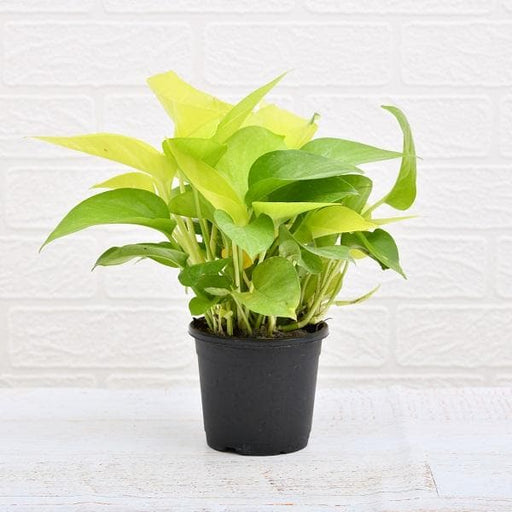 Save 29%
Save 29%
Air Purifier Money Plant with Pot The Air Purifier Money Plant, also known as Pothos or Epipremnum aureum, is a stunning indoor plant that...
View full details
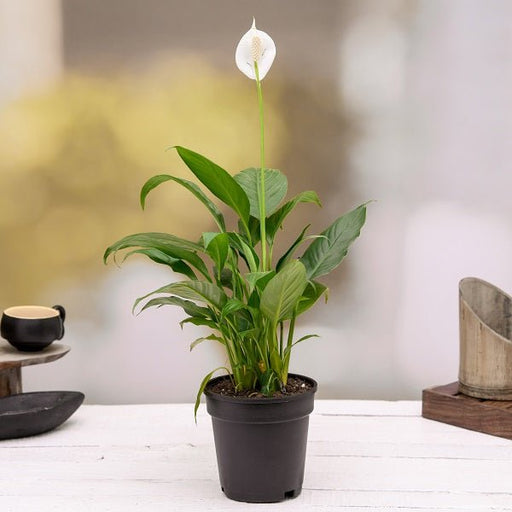 Save up to 15%
Save up to 15%
Peace Lily, Spathiphyllum - Plant The Peace Lily, scientifically known as Spathiphyllum, is a stunning houseplant celebrated for its elegant white...
View full details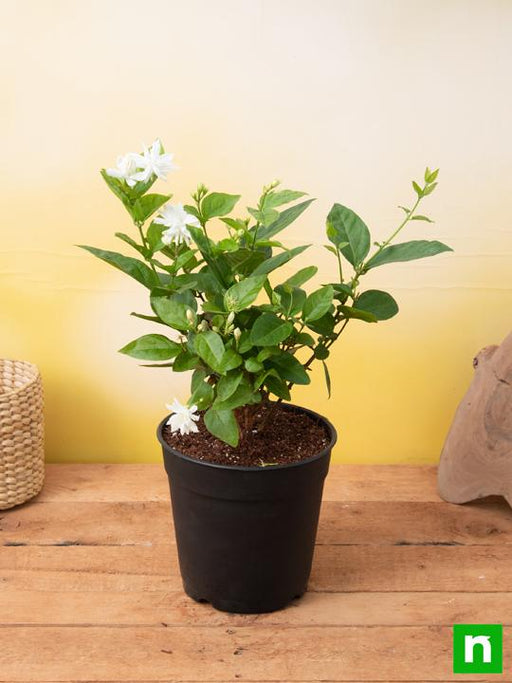
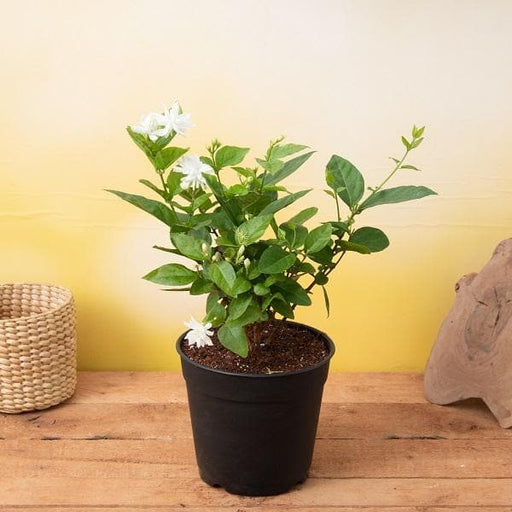 Save 25%
Save 25%
Jasminum sambac, Mogra, Arabian Jasmine - Plant Jasminum sambac, commonly known as Mogra or Arabian Jasmine, is a fragrant flowering plant...
View full details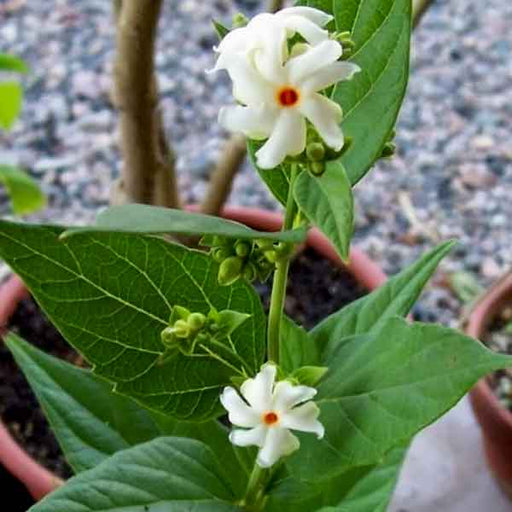
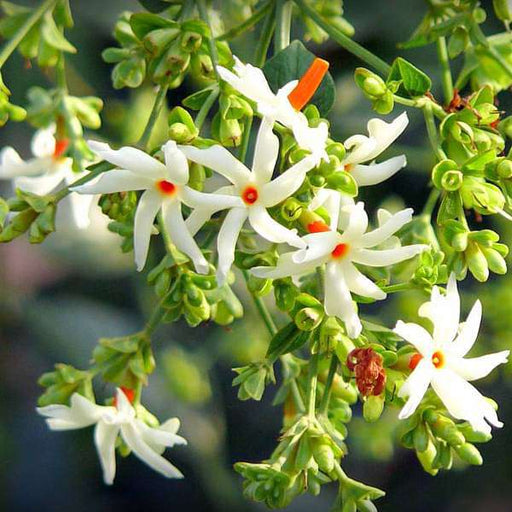 Save 18%
Save 18%
Combo Constituents Includes the Parijat Tree (Night-Flowering Jasmine), a culturally significant plant with fragrant flowers. Description The Pari...
View full details
 Save 25%
Save 25%
Miniature Rose, Button Rose (Any Color) - Plant The Miniature Rose, also known as the Button Rose, is a charming and compact flowering plant that ...
View full details Save 25%
Save 25%
Damascus Rose, Scented Rose (Any Color) - Plant The Damascus Rose, also known as Rosa damascena, is a timeless symbol of beauty and romanc...
View full details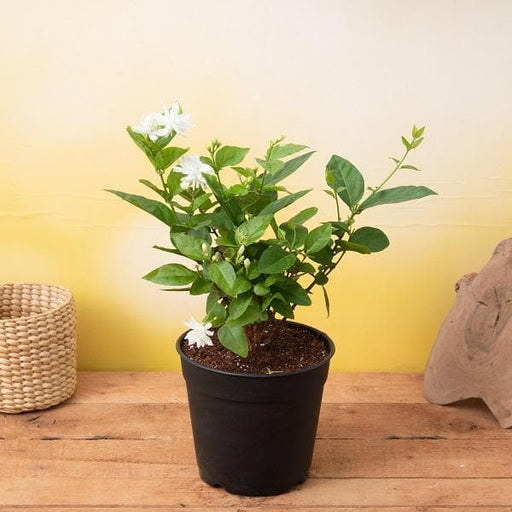
 Save 17%
Save 17%
Beautiful Fragrant Mogra, Arabian Jasmine Plant with Pot The Beautiful Fragrant Mogra, also known as Arabian Jasmine (Jasminum sambac), is...
View full details Save 15%
Save 15%
Pack of Vermicompost and Neem Cake for House Plants Transform your indoor garden with our premium Pack of Vermicompost and Neem Cake, spec...
View full details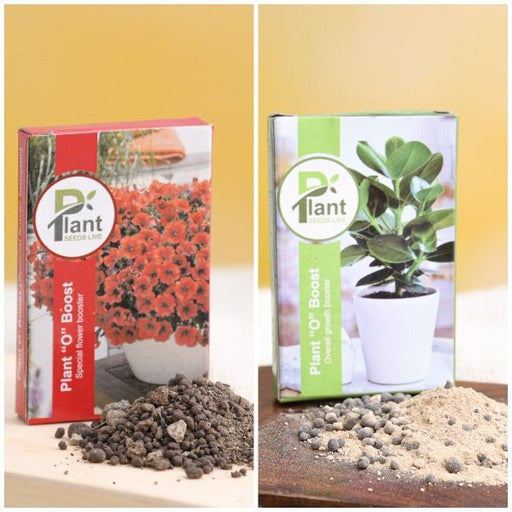
Pack of Plant Growth and Flower Boosters Unlock the full potential of your garden with our Pack of Plant Growth and Flower Boosters! This ...
View full details Save 38%
Save 38%
Combo of Jeevamrut and Neem Raksha for Easy Growth and Protection of Houseplants Transform your indoor garden with our exclusive combo of ...
View full details Save 22%
Save 22%
Plant Nutrients Kit (Pack of 16) for a Healthy Garden Transform your garden into a lush paradise with our Plant Nutrients Kit, featuring 1...
View full details Save 16%
Save 16%
Combo of Top Plant Fertilizers Elevate your gardening game with our exclusive Combo of Top Plant Fertilizers, featuring two bags of premiu...
View full details Save 24%
Save 24%
Pack of 4 Additives to Make Soil Healthy and Nutrient Rich Transform your garden into a thriving ecosystem with our Pack of 4 Additives de...
View full details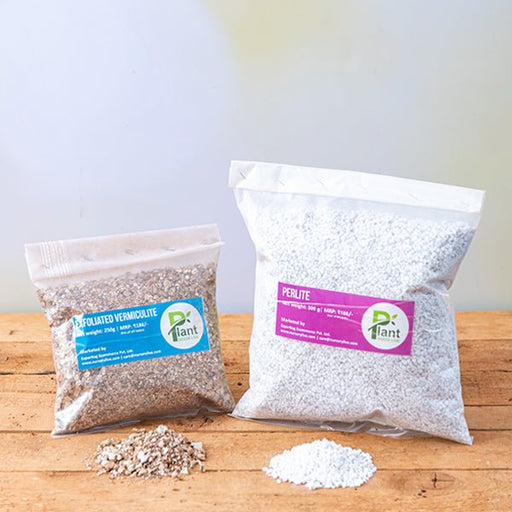 Save 30%
Save 30%
Transform your gardening experience with our premium Combo of Perlite and Vermiculite. This unique blend is designed to enhance soil aeration and ...
View full details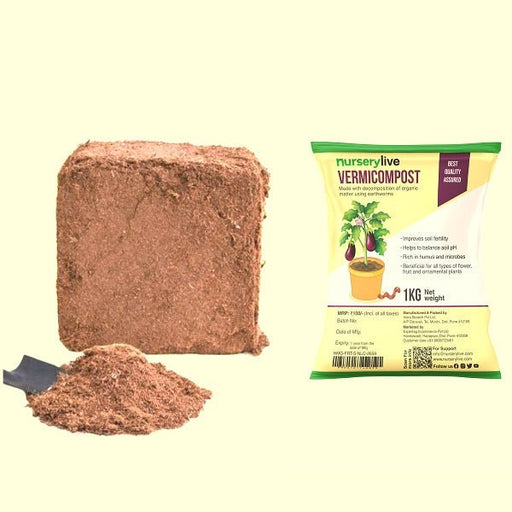 Save 27%
Save 27%
Combo of 2 Vermicompost and Cocopeat - Enrich Your Soil Naturally! Transform your garden into a thriving ecosystem with our Combo of 2 Ver...
View full details
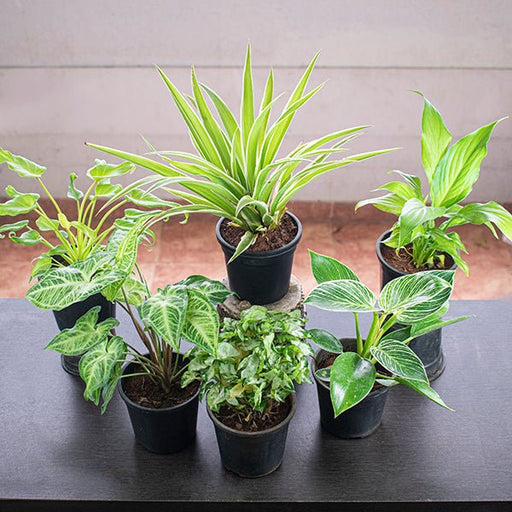 Save 35%
Save 35%
Best 6 Plants for Perfect Indoor Garden Transform your living space into a lush oasis with our curated collection of the Best 6 Plants for a...
View full details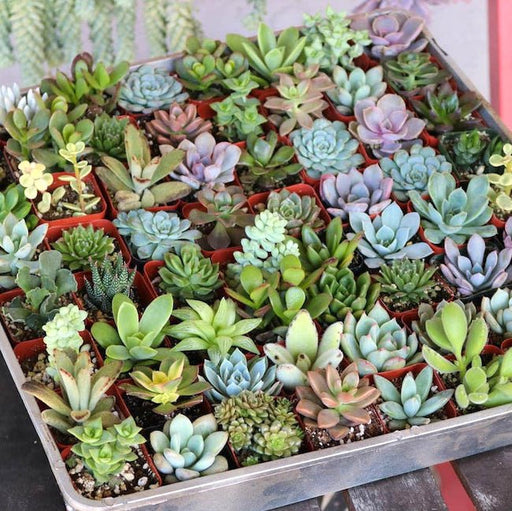
 Save up to 50%
Save up to 50%
Mini Succulent Garden Pack Transform your space with our Mini Succulent Garden Pack, featuring a delightful collection of 4 any variety beautiful s...
View full details
 Save 30%
Save 30%
5 Best Fragrant Plants Transform your garden or indoor space into a fragrant paradise with our curated selection of the 5 Best Fragrant Plants. Th...
View full details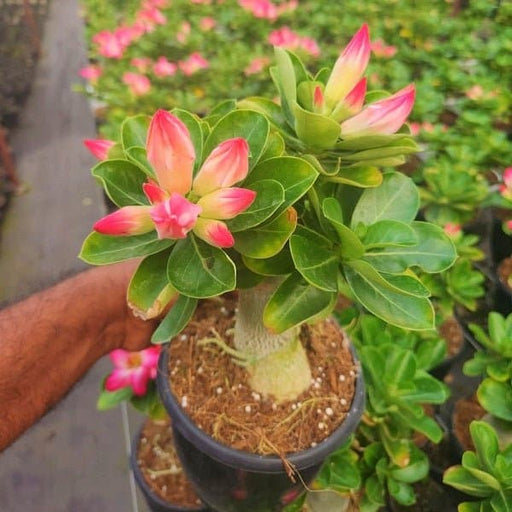
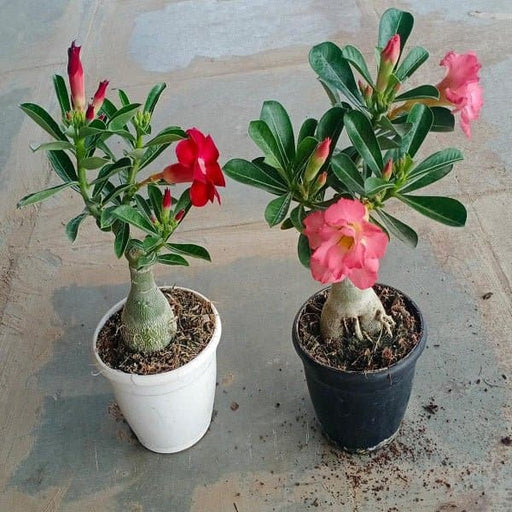 Save 24%
Save 24%
Set of 2 Bonsai Looking Grafted Adeniums Transform your indoor or outdoor space with our exquisite Set of 2 Bonsai Looking Grafted Adenium...
View full details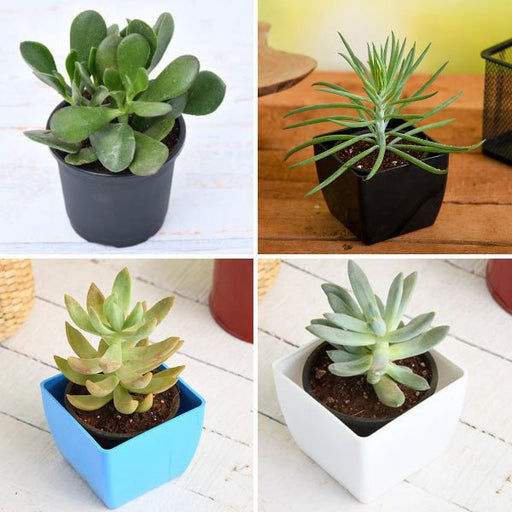 Save 45%
Save 45%
Top 4 Die Hard Succulents Pack Transform your indoor or outdoor space with our Top 4 Die Hard Succulents Pack, featuring a curated selecti...
View full details
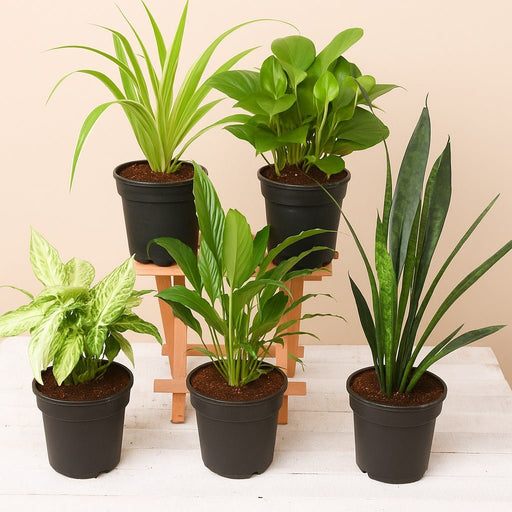 Save 30%
Save 30%
5 Best Indoor Plants Pack Transform your living space into a lush oasis with our '5 Best Indoor Plants Pack.' This carefully curated collection fe...
View full details
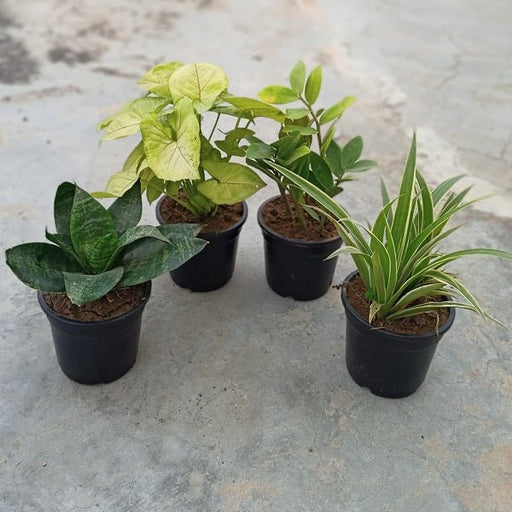 Save 25%
Save 25%
Set of 4 Evergreen Air Purifier Plant Pack Transform your indoor space into a lush, green oasis with our Set of 4 Evergreen Air Purifier Pla...
View full details| SrNo | Item Name | Qty |
|---|---|---|
| 1 | Acoelorraphe wrightii Plant in 6 inch (15 cm) Pot | 1 |
Acoelorraphe wrightii, commonly known as the Everglades Palm or Florida Palm, is a unique and resilient plant native to the subtropical regions of the southeastern United States. This clumping palm features fan-shaped leaves that can grow up to 3 feet wide, creating a striking visual appeal in any landscape. Its ability to thrive in wet, sandy soils makes it an excellent choice for gardens in coastal areas or wetlands.
What sets Acoelorraphe wrightii apart is its adaptability to various environmental conditions, including salt tolerance, making it a popular choice for coastal landscaping. This palm can grow up to 20 feet tall and is often used in naturalistic gardens, providing habitat for local wildlife. Its unique growth habit and striking foliage make it a standout choice for both residential and commercial landscapes.
One of the special features of Acoelorraphe wrightii is its ability to produce small, edible fruits that attract birds and other wildlife. The plant's resilience and low maintenance requirements make it an ideal choice for gardeners looking to create a sustainable and eco-friendly landscape.
Acoelorraphe wrightii plays a crucial role in its native ecosystem by providing shelter and food for wildlife. Its ability to thrive in wetland areas helps stabilize soil and prevent erosion, making it an important plant for coastal restoration projects. By incorporating this palm into landscaping, gardeners can contribute to biodiversity and support local wildlife habitats.
If you think caring for a plant is as easy as watering it and giving it a pep talk, think again! Acoelorraphe wrightii, also known as the Everglades palm, requires a bit more finesse. This palm thrives in sandy soils and loves a good sunbath, but don’t drown it in love—overwatering is a no-no! Keep an eye out for pesky pests and give it a gentle trim now and then. Your palm will thank you with lush fronds and a tropical vibe that’ll make your neighbors green with envy.
Who knew that a palm could be a multitasker? Acoelorraphe wrightii isn’t just a pretty face; it’s a powerhouse of benefits! This plant can provide shade, enhance your landscape, and even attract local wildlife. Birds and butterflies will flock to your garden, turning it into a lively paradise. Plus, it’s drought-tolerant, so you can save water while looking fabulous. Talk about a win-win situation!
If you’re impatient for instant gratification, Acoelorraphe wrightii might just test your patience. This palm has a moderate growth rate, taking its sweet time to reach maturity. But don’t fret! With the right care, you’ll be rewarded with a stunning specimen that can grow up to 20 feet tall. Just think of it as a slow-blooming friendship—worth the wait!
Acoelorraphe wrightii is a bit of a soil snob. It prefers well-draining sandy soils that allow its roots to breathe. If you try to plant it in heavy clay, it might just throw a tantrum and refuse to grow. So, give it the luxurious soil it deserves, and watch it flourish like the diva it is!
This palm is a sun worshipper! Acoelorraphe wrightii craves full sun to thrive, so don’t even think about planting it in the shade. It’s like that friend who insists on sitting in the front row at concerts—always seeking the spotlight. Give it at least six hours of direct sunlight daily, and it’ll reward you with vibrant green fronds that scream “tropical paradise!”
Pruning Acoelorraphe wrightii is like giving your palm a stylish haircut. It’s essential for maintaining its health and appearance. Snip away any dead or yellowing fronds to keep it looking fresh and fabulous. Just remember, less is more—don’t go overboard, or you might end up with a palm that looks like it just lost a fight with a hedge trimmer!
Acoelorraphe wrightii is not immune to pests, but with a little vigilance, you can keep those critters at bay. Watch out for scale insects and spider mites, the uninvited guests at your palm’s party. A gentle spray of insecticidal soap or neem oil can send them packing. Think of it as your palm’s personal bodyguard—keeping it safe and sound!
If you’re looking to elevate your landscape game, Acoelorraphe wrightii is your go-to plant. Its tall, slender trunk and fan-shaped fronds add a touch of elegance to any garden. Use it as a focal point or plant it in clusters for a tropical feel. Your yard will transform into a stunning oasis that’ll have your neighbors asking for your landscaping secrets!
Want to spread the love? Propagating Acoelorraphe wrightii is easier than you think! You can do it through seeds or by dividing established clumps. Just remember, patience is key—these palms take their time to grow. But once you’ve got a few thriving specimens, you’ll feel like a proud parent watching your plant family flourish!
Acoelorraphe wrightii has a love-hate relationship with water. It enjoys a good drink but hates soggy feet. Establish a watering schedule that allows the soil to dry out between waterings. During the hot summer months, it might need a little extra hydration, but in winter, it’s more of a minimalist. Your palm will thrive with this balanced approach—no drowning allowed!
Acoelorraphe wrightii is not just a pretty face; it’s a versatile plant with many uses! From landscaping to erosion control, this palm does it all. Its fronds can be used for thatching, and its seeds are a favorite snack for local wildlife. Whether you’re looking to beautify your garden or support the ecosystem, this palm has got your back!
If you’re wondering where Acoelorraphe wrightii can thrive, look no further than USDA hardiness zones 10 to 11. This palm loves warm climates and won’t take kindly to frost. If you live in a cooler area, consider planting it in a pot and bringing it indoors during the chilly months. It’s like giving your palm a cozy winter retreat—who wouldn’t want that?
Acoelorraphe wrightii, also known as the Everglades palm, is a charming little palm native to Florida. It’s like the introverted cousin of the palm family, growing in clumps and reaching heights of about 10-15 feet. Perfect for those who want a tropical vibe without the towering drama of other palms!
This palm prefers the subtropical embrace of Florida’s wetlands and coastal areas. Think of it as the palm that loves a good swamp party! It thrives in sandy soils and can handle some salt, making it a resilient choice for coastal gardens. Just don’t forget its sunscreen!
Caring for Acoelorraphe wrightii is like nurturing a laid-back friend. It enjoys well-drained soil and moderate watering. Too much love (or water) can lead to root rot, so let it breathe! Fertilize sparingly, and it’ll reward you with its feathery fronds and a relaxed tropical atmosphere.
Acoelorraphe wrightii is not a fan of the cold; it prefers to bask in warm temperatures. It can tolerate brief dips to about 20°F, but anything colder is like a bad breakup for this palm. If you live in a cooler area, consider giving it a cozy spot indoors during winter!
While Acoelorraphe wrightii is generally pest-resistant, it can occasionally attract pesky critters like spider mites and scale. Think of them as uninvited guests at a party. Regularly inspecting your palm and giving it a gentle wash can keep these party crashers at bay and your palm looking fabulous!
Yes, Acoelorraphe wrightii can be grown indoors, but it’s a bit of a diva. It needs bright, indirect light and a spacious pot to stretch its roots. Just remember, it’s not a fan of cramped spaces, so give it room to grow and it might just reward you with its tropical charm!
Acoelorraphe wrightii has a moderate growth rate, typically adding about 1-2 feet per year. It’s not in a hurry to reach the top, preferring to take its time and enjoy the journey. Patience is key; soon enough, you’ll have a lovely palm that’s the envy of your garden!
Acoelorraphe wrightii has a decent tolerance for drought, but it’s not a desert dweller. It prefers consistent moisture, especially during its growing season. Think of it as a palm that enjoys a refreshing drink but won’t throw a tantrum if it misses a sip now and then!
Acoelorraphe wrightii typically reaches heights of 10-15 feet, making it a modest palm that won’t overshadow your garden. It’s like the friendly neighbor who keeps to themselves but still adds charm to the block. Perfect for those who want a touch of tropical without the skyscraper effect!
Absolutely! Acoelorraphe wrightii is a fantastic choice for landscaping, especially in coastal or tropical gardens. Its clumping growth habit and feathery fronds add texture and interest. It’s like the stylish accessory that completes your garden ensemble, bringing a laid-back vibe to any outdoor space!
Propagating Acoelorraphe wrightii is like making new friends; it’s all about division! You can separate the clumps during the growing season and replant them in well-draining soil. Just ensure each division has some roots, and with a little TLC, you’ll have new palms to share the love with!
Acoelorraphe wrightii isn’t just a pretty face; it has its uses too! Its fronds can be used for thatching and crafting, while its seeds are a food source for wildlife. It’s like the multi-talented friend who can do it all—beauty, utility, and a touch of tropical flair!